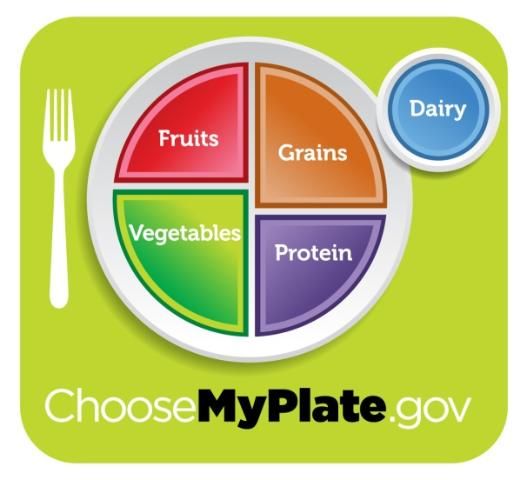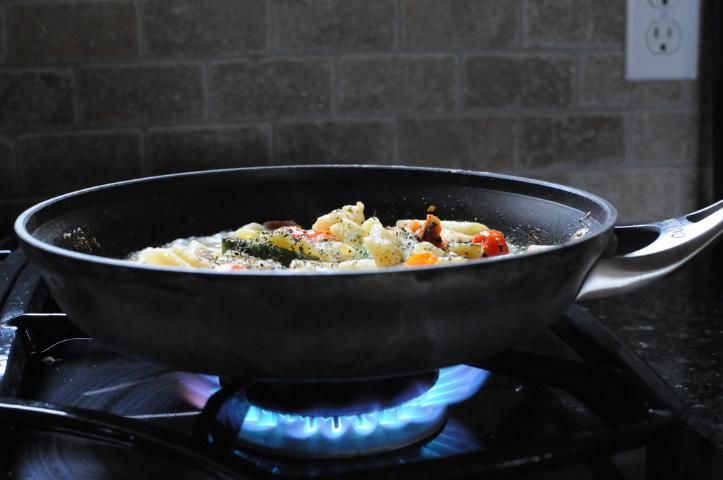Imagine a plate of steaming spaghetti and meatballs topped with grated cheese, or perhaps grilled herb-flavored chicken with zucchini and mashed sweet potatoes. For most people, these meals might seem like a lot of work to prepare. Busy schedules, limited cooking space, or a lack of kitchen equipment may limit your meal choices. However, with the large variety of frozen meals in grocery stores, expanding your food options and consuming tasty and healthy meals is possible. The key is to know what to look for when you are shopping. Read on to learn how to choose delicious meals that meet your taste preferences and health needs.

Credit: kali9/Getty images
Frozen Meal Basics
The Benefits of Frozen Meals
Frozen meals are convenient and can be helpful for people who have minimal cooking skills. Also, preparing meals from scratch may be difficult for people who do not have enough cooking space, kitchen equipment, or utensils. Frozen meals, however, give you the chance to enjoy a delicious meal with a minimal amount of work and time.
Another benefit of frozen meals is that freezing retains much of the food's vitamin and mineral content, so eating frozen meals regularly can be healthy if you make good choices (Hunter and Fletcher 2002). The use of effective freezing methods helps to maintain the original texture and good taste of foods.
Frozen meals may also offer health benefits. Because frozen meals are controlled portion sizes, some brands may aid in weight management. The 2020–2025 Dietary Guidelines recommendations for weight loss or maintenance suggest that consumers choose a healthy eating pattern and consume foods within calorie needs, focusing on variety, nutrient density, and serving sizes (USDHHS and USDA 2020). Choosing healthy frozen meals may help consumers learn portion sizes (Reimers et al. 2011). Healthy frozen meals can be used as a tool to reach weight-loss goals (Reimers et al. 2011).
Frozen meals can be used to achieve nutritional goals, such as those associated with high-fiber or low-fat diets. Since the nutritional content for the entire meal is listed on the food label, you can easily check calories, fiber, fat, sodium, and other important nutrients to make sure you are staying on track.
Frozen Meals and You
Choosing the best option for you and your specific health needs is simple. Remember these three basic messages to help you select the healthiest meal for you:
- Choose well-balanced frozen meals. Select whole grains, lean sources of protein, and plenty of fruits and vegetables. USDA's MyPlate offers a good example of how a typical plate of food should look (USDA n.d.).

Many manufacturers of frozen meals offer a variety of meal options that include whole grains, lean protein sources, vegetables, and occasionally fruits.
2. Keep your health in mind. Many frozen meals contain high levels of sodium and fat. Reading the food label can help you select a healthy option for your nutritional goals and needs. See Table 1 (based on about a 2000 kcal diet) for suggested values to keep in mind when selecting frozen meals.
Look for meals with lower amounts of sodium and fat, especially saturated fat, and more fiber for added nutritional benefit.
3. Healthy eating starts with smart shopping. Cost can be a barrier to purchasing frozen meals. Using coupons and stocking up during sales are great money-saving options.
Now it's your turn!
Many options can be found in stores—from vegan to Asian-inspired. Companies have researched the specific needs and preferences of consumers like you. Many companies hire a team of chefs, dietitians, and food scientists to develop their recipes. Listed below are some common brands of frozen meals.
Lean Cuisine®: This brand contains numerous entrées based on taste and meal style. Most meals are around 300 calories. Lean Cuisine® includes many different product lines, including the Origins™, Marketplace™, Comfort™, and Favorites™. Most of these lines contain vegetarian options.
- Some meals contain one cup of vegetables. Examples include Butternut Squash Ravioli, Vegetable Stir Fry, and Mushroom and Vegetables Shepherd's Pie. Some other meals, such as the Sweet & Spicy Korean-Style Beef and Apple Cranberry Chicken, contain whole grains.
- The Favorites™ product line allows consumers to enjoy some of their favorite foods while staying within their desired calorie range. Examples include Macaroni and Cheese, Chicken Fettuccini, and Swedish Meatballs with Pasta.
Smart Ones®: Most meals in this brand are around 250 calories, and some contain Weight Watcher® points listed on the package. Smart Ones® offers products from Italian, American, Asian, and other cuisine types for breakfast, lunch, and dinner. Some of these products are vegetarian.
- "Savory Italian Recipes" offers a variety of dishes, including Angel Hair Marinara, Creamy Rigatoni with Broccoli and Chicken, and Traditional Lasagna with Meat Sauce.
- "Tasty American Favorites" provides consumers with the opportunity to taste traditional American recipes that include Homestyle Beef Pot Roast, Roasted Chicken with Herb Gravy, and Strawberry Banana Smoothie.
Healthy Choice®: Most entrées in this brand include a lean source of protein, whole grains, and a serving of vegetables. The variations in the entrée types are based on preparation methods and flavor preference.
- "Simply steamers"—Simply steam the meal in the bag. No stirring or puncturing is needed to make these products, so there are fewer steps. Examples include Grilled Chicken Pesto & Vegetables, Beef and Red Chili Sauce, and Mediterranean-Style Lentil Bowl.
- "Classics" boast a full serving of vegetables and a fruit-based dessert, making a complete meal. Examples include Golden Roasted Turkey Breast with Apple Dessert and Golden Lemon Pepper Fish with Apple Dessert.
Amy's®: This brand offers vegetarian meals made with organic ingredients. The meals are labeled with symbols making it easy for consumers to spot choices that are vegan, low-fat, certified Kosher, dairy-free, soy-free, tree-nut free, or cholesterol-free. Products are divided into a variety of unique types, including:
- Indian dinners, such as Mattar Paneer and Vegetable Korma
- Pot pies, such as Broccoli Pie and Homestyle Pot Pie
- Pocket sandwiches, such as Cheese Pizza and Tofu Scramble
- Whole meals, such as Enchilada with Spanish Rice and Beans and a Cheese Enchilada
Many frozen meals like these are available in your grocery store. Having choices allows you to experience food with unique flavors and from different cultures that also match your dietary needs. Now that you know how to select healthier choices, all that is left to say is bon appétit!

Credit: Photo by alachia. CC BY-NC-SA 2.0. http://flic.kr/p/7ZTKV2
References and Resources
Hunter, K., and J. Fletcher. 2002. "The antioxidant activity and composition of fresh, frozen, jarred, and canned vegetables." Innovative Food Science and Emerging Technologies 3(4): 399–406. doi: 10.1016/S1466-8564(02)00048-6.
Reimers, K., S. Pardo, D. Kawiecki, and J. Rippe. 2011. "Portion controlled frozen meals at lunch are associated with high compliance and perceived benefits during a weight management program." Journal of the American Dietetic Association 111(9): SA83. doi: 10.1016/j.jada.2011.06.304.
United States Department of Agriculture (USDA). n.d. "Choose MyPlate." Accessed January 5, 2020. http://www.choosemyplate.gov
U.S. Department of Agriculture and U.S. Department of Health and Human Services. Dietary Guidelines for Americans, 2020–2025. 9th Edition. December 2020. Available at DietaryGuidelines.gov.
Recommended Websites
UF/IFAS Extension EDIS: https://edis.ifas.ufl.edu/topic_nutrients
The EDIS website is a comprehensive, single-source repository of all current UF/IFAS numbered peer-reviewed publications, including a large collection, sorted by topic, that provides research-based information on health and nutrition for consumers in Florida. Learn more about specific nutrients and making healthy food choices.